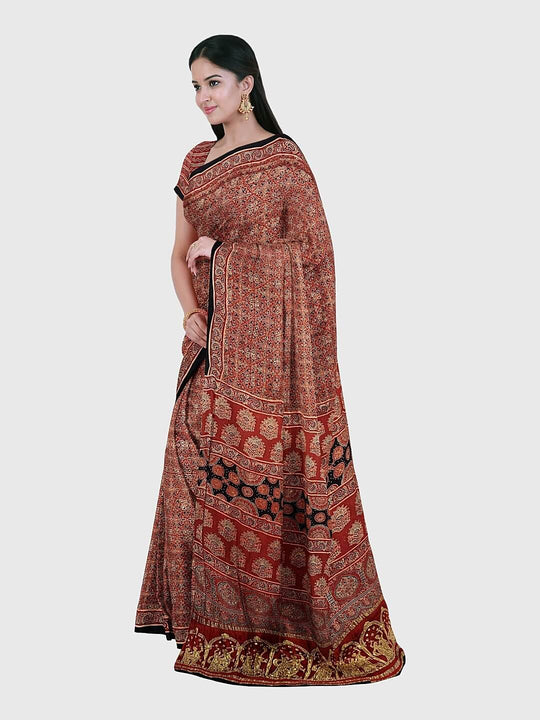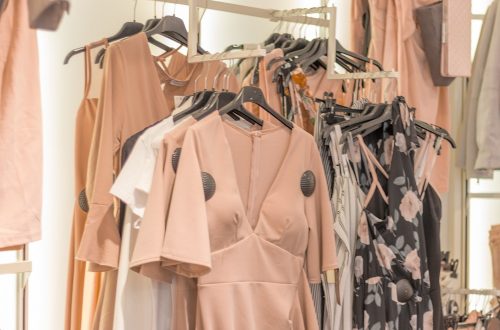Ajrak is a block-printed textile and resist-dyed with natural dyes such as indigo and madder. It’s manufactured by the Khatris people in Kutch, Gujarat, and it’s known for its blue and red color scheme and its intricate geometric and floral designs. Its name comes from the Arabic and Persian word ‘azarak,’ which means ‘blue.’ Ajrak is a textual heritage.
Making Ajrak needs both talent and patience. The dyeing and printing process consists of 14-16 phases that take 14-21 days. The result is silky, jewel-like linen that is delightful to the touch and enticing to the sight.
The enchantment is created by the combination of handloom fabrics and vegetable dyes. Natural colors began to fade as chemical dyes became more widely available near the nineteenth century. Ajrak printing, which uses natural dyes, is one of India’s oldest resist printing processes and one of the most intricate and sophisticated.
Who Wears Them?
Every color has a meaning, and the design reflects the status. The pastoral Maldhari people customarily wear Ajrak patterned cotton. Women wear patterned skirts and use ajrak cloth to line cradles for newborns in addition to pagdis and lungis. The Khatris have gained a sense of the modern market and now sell ajrak yardage, kurta sets, furniture, and scarves.
Nowadays, you can also see many celebrities endorse ajrak modal silk sarees as it is quite on-trend. You will also find other outfits made with the same material. However, sarees are something that doesn’t go out of style.
Problems Surrounding the Manufacturing
Craftspeople in Ajrak are currently confronted with a slew of issues obstructing their work when making the ajrak saree.
- The use of environmentally friendly and synthetic dyes and advanced technology that has greatly reduced manufacturing time is posing a danger to textile art’s age-old traditions.
- The exorbitant expense of hardwood blocks used in Ajrak printing strains artists since one block may cost up to INR 3,000.
- Because of the low compensation and high labor demand, the next generation is hesitant to take up this skill as primary employment.
- It is difficult for artisans to obtain government financing, discouraging them from starting their printing businesses.
- Water resources are scarce in and near printing hubs, an essential criterion for ajrak printing.
Traditionally, ajrak printers used vegetable colors, but after realizing that vegetable dyes were too expensive, they began to utilize naphthol and synthetic dyes.
However, with the resurgence of the trade, ajrak printers have returned to using natural dyes. Every day, new motifs are added to the design collection.
Previously, the body and the border were the same, but complementary borders are increasingly popular. So maybe the next time you are purchasing an ajrak silk saree, you may want to understand the entire significance of the art to appreciate the hard world that goes behind it.
Times Are A-Changin’
The ancient skill of ajrak has endured through natural disasters, industrialization, and shifting political administrations. With time, ajrak printers have been more open to experimenting with new patterns, designs, dyes, and materials to keep up with the ever-changing current fashion scene.





